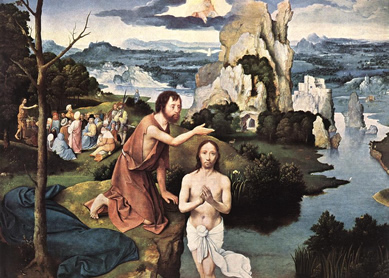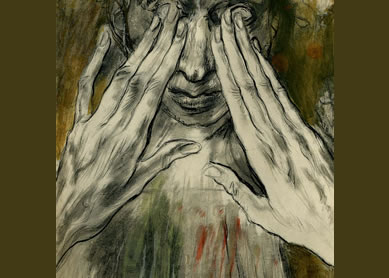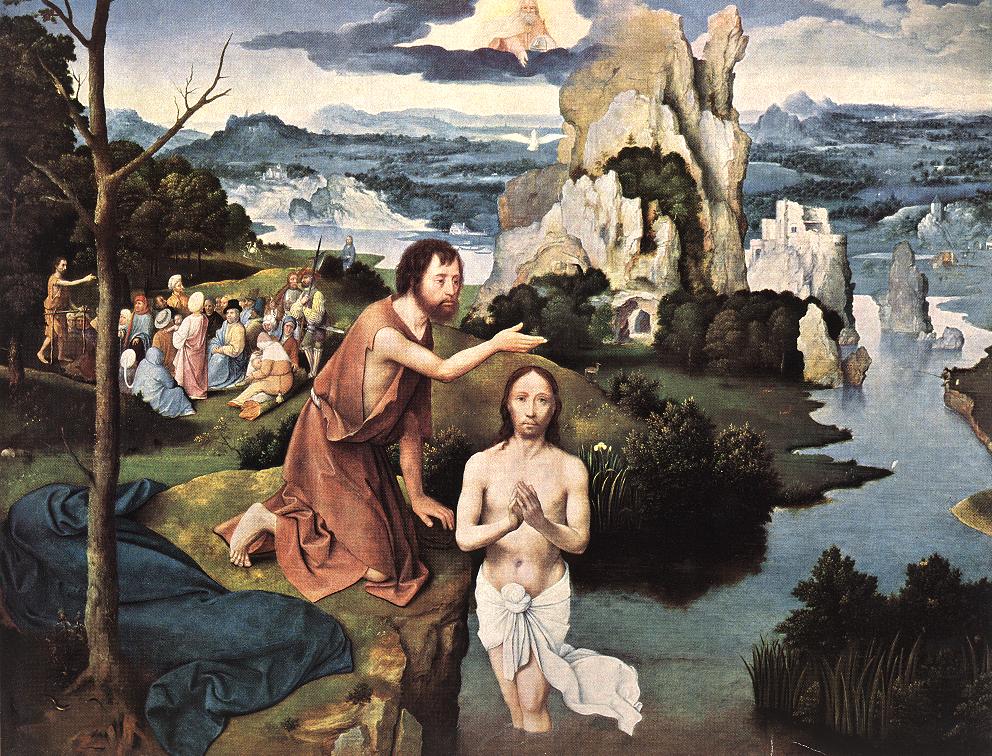Traditionally, when historians read the Gospels with the tools of modern historical practice, they separate the Gospels’ stories and sayings into two piles. In one, they put historically authentic material that they affirm as something Jesus actually said or did. In the other pile they put historically questionable stories and sayings, the passages that historians suspect Jesus’ followers embellished or created. (Historians often call this material “historically inauthentic.”) One of the historians’ favorite tools is the criterion of embarrassment, which affirms the authenticity of stories and sayings that, as John P. Meier wrote, “would have embarrassed or created difficulty for the early Church.” Since we can expect that Jesus’ followers would not have embellished or created material that embarrassed them, any embarrassing material probably accurately reports history.
For example, historians generally agree that the story of Jesus healing the blind man in
They came to Bethsaida. Some people brought a blind man to him and begged him to touch him. He took the blind man by the hand and led him out of the village; and when he had put saliva on his eyes and laid his hands on him, he asked him, “Can you see anything?” And the man looked up and said, “I can see people, but they look like trees, walking.” Then Jesus laid his hands on his eyes again; and he looked intently and his sight was restored, and he saw everything clearly. Then he sent him away to his home, saying, “Do not even go into the village.”
Two aspects of this story might have “embarrassed or created difficulty” for early Christians. First, Jesus appears to rely on saliva’s purported magical properties, in contrast to other healings, where he simply pronounces somebody healed (
Recently, however, a number of historians have questioned the logic of the criterion of embarrassment (as well as of the other criteria of authenticity). First, whether or not Matthew and Luke found this story embarrassing, we have no reason to suspect that Mark found it so. Instead, Mark highlights this story as an analogy for the disciples, whose initial faith in Jesus is rather underwhelming, much like the man who cannot distinguish people from trees. Second, Matthew and Luke include other potentially embarrassing material (the disciples’ failings in
Perhaps the problem is not just that we have turned to the wrong tools to help us separate authentic from inauthentic material. The problem could be the task itself. Instead of sifting through the Gospels looking for authentic material, historians are beginning to look at the Gospels as coherent presentations of Jesus, each with their own perspective.
Bibliography
- Allison, Dale C., Jr. “How to Marginalize the Traditional Criteria of Authenticity.” Pages 3–30 in Handbook for the Study of the Historical Jesus, vol. 1. Edited by Tom Holmén and Stanley E. Porter. Leiden: Brill, 2010.
- Keith, Chris, and Anthony Le Donne, eds. Jesus, Criteria, and the Demise of Authenticity. London: T&T Clark, 2012.
- Rodríguez, Rafael. “The Embarrassing Truth about Jesus: The Criterion of Embarrassment and the Failure of Historical Authenticity.” Pages 132-51 in Jesus, Criteria, and the Demise of Authenticity. Edited by Chris Keith and Anthony Le Donne. London: T&T Clark, 2012.
- Rodríguez, Rafael. “Authenticating Criteria: The Use and Misuse of a Critical Method.” Journal for the Study of the Historical Jesus 7 (2009): 152-67.
- Meier, John P. A Marginal Jew: Rethinking the Historical Jesus. 4 volumes. New Haven, Conn.: Yale University Press, 1991-2009 (vol. 1, p. 168 quoted).



